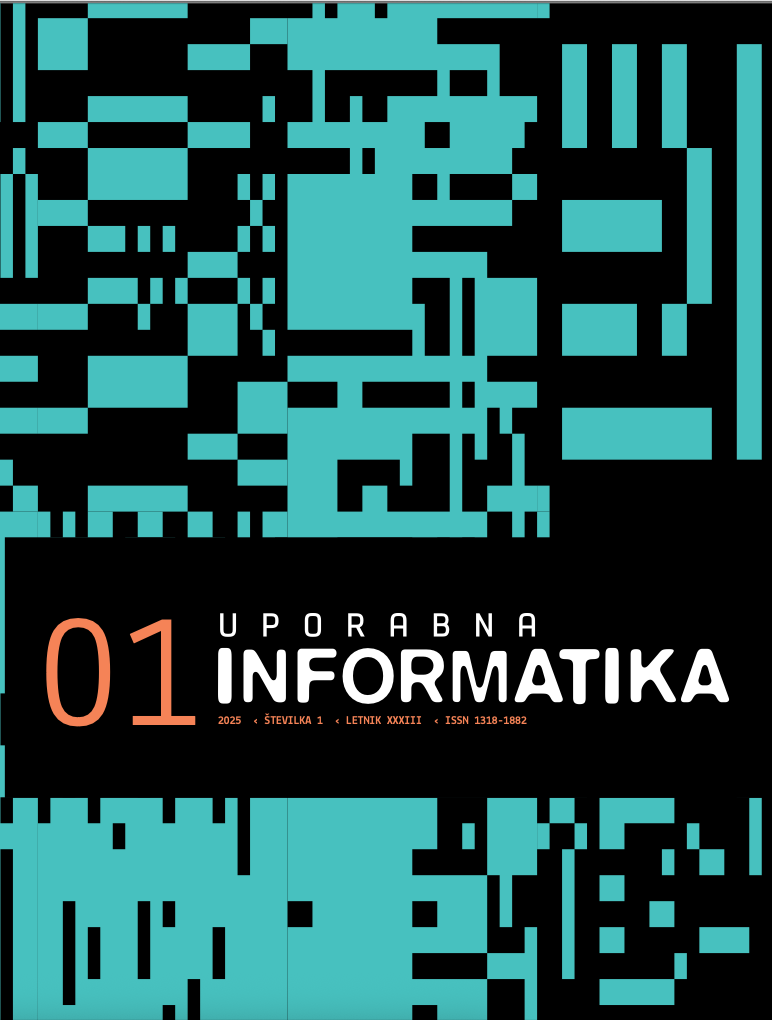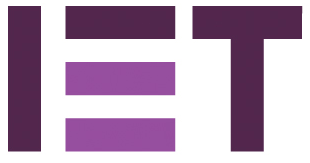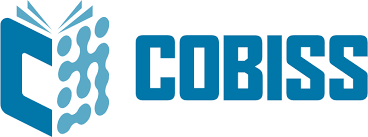Approaches to Inverse Text Normalization: A Review
DOI:
https://doi.org/10.31449/upinf.249Keywords:
automatic speech recognition, inverse text normalization, review, text denormalizationAbstract
Modern automatic speech recognition systems effectively convert spoken language into written text. However, they often produce only a raw transcript without properly formatted numbers, dates, and time expressions, which can reduce readability and usability. Denormalization is a process that addresses these issues by transforming the transcript into a standardized written form. This article provides a systematic review and analysis of the main approaches to denormalization, which can be classified into three categories: rule-based, neural, and hybrid approaches. Rule-based approaches typically rely on finite-state machines, while neural approaches utilize neural networks. Hybrid approaches combine elements of both approaches. Rule-based approaches achieve high accuracy but tend to overlook the context of the text. In contrast, neural approaches consider the context but require large amounts of training data. Hybrid approaches offer a balanced solution that harnesses the strengths of both approaches. This work contributes to understanding the challenges and improving the efficiency of denormalization systems.Downloads
Published
2025-06-17
How to Cite
[1]
Vezočnik, M. and Bajec, M. 2025. Approaches to Inverse Text Normalization: A Review. Applied Informatics. 33, 1 (Jun. 2025). DOI:https://doi.org/10.31449/upinf.249.
Issue
Section
Review scientific articles






